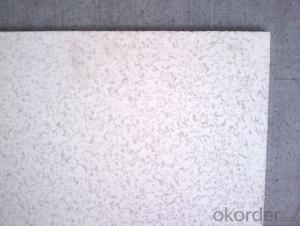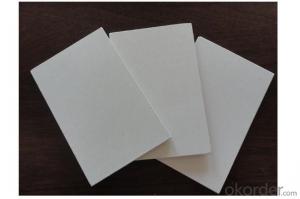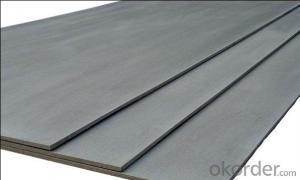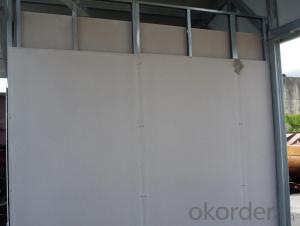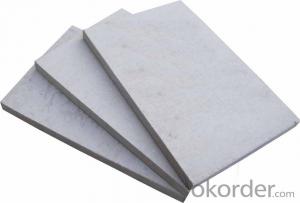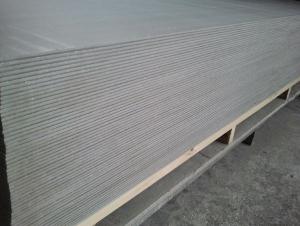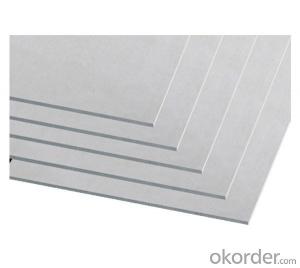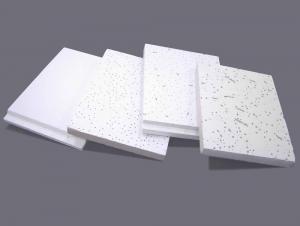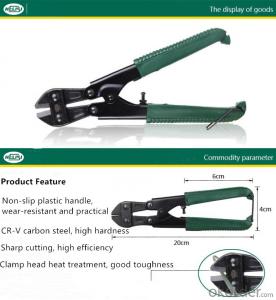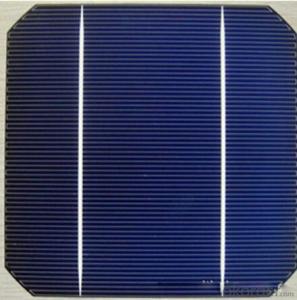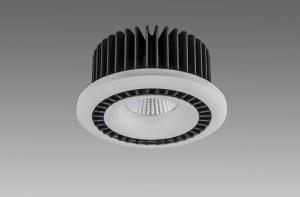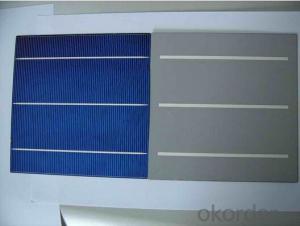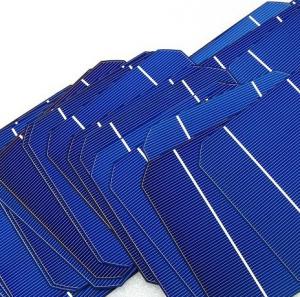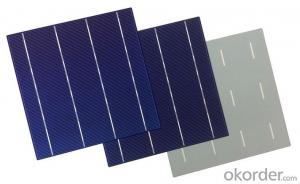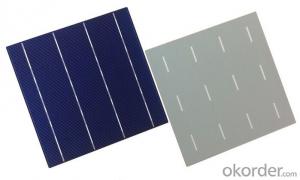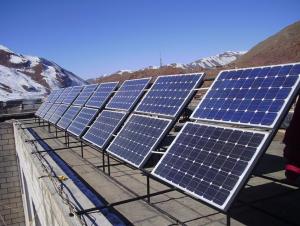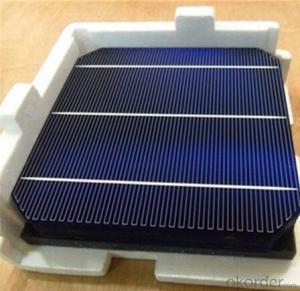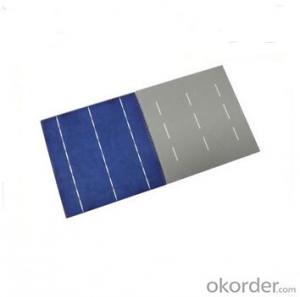High Efficiency Solar Cells
High Efficiency Solar Cells Related Searches
High Five Stainless Steel Prop High Quality Solar Inverter High Temperature Clear Plastic Sheet High Voltage Solar Inverter Stainless Steel Peg Board Best Quality Roofing Felt High Intensity Desk Lamp High Efficiency Hvac Systems High Rupturing Capacity Fuse High-Pressure CompressorHot Searches
Cheap High Tea Sets For Sale High Density Fiberboard For Sale Used Foam Board Insulation For Sale Magnesium Oxide Board For Sale Hdf Board For Sale sintra board for sale High Mast Light Price List Solar High Mast Light Specification High Mast Tower Price Philips High Mast Lighting Price List Bajaj High Mast Lighting Price List Gypsum Board Price Per Sheet In India High Mast Light Specification High Density Mdf Board Suppliers High Mast Tower Specification High Pressure Laminate Supplier Philippines High Mast Lighting Suppliers South Africa High Pressure Laminate Manufacturers Europe Calcium Silicate Pipe Insulation Price 5 8 Type X Gypsum Board PriceHigh Efficiency Solar Cells Supplier & Manufacturer from China
Okorder.com is a professional High Efficiency Solar Cells supplier & manufacturer, offers integrated one-stop services including real-time quoting and online cargo tracking. We are funded by CNBM Group, a Fortune 500 enterprise and the largest High Efficiency Solar Cells firm in China.Hot Products
FAQ
- The future of solar cell technology holds great potential for advancements in efficiency, affordability, and integration into various applications. Researchers are constantly exploring new materials, such as perovskites and organic polymers, to overcome the limitations of traditional silicon-based solar cells. Innovations like tandem solar cells and multi-junction solar cells are expected to significantly increase conversion efficiency. Additionally, advancements in manufacturing techniques, such as printing and roll-to-roll processes, aim to reduce production costs and facilitate large-scale deployment. Integration of solar cells into everyday objects, like windows, clothing, and electronic devices, is also an exciting prospect. Overall, the future of solar cell technology seems promising and will play a crucial role in transitioning towards a more sustainable and renewable energy future.
- Shading has a significant impact on solar cell performance as it reduces the amount of sunlight reaching the cells, leading to decreased energy production. Even partial shading, such as from trees or nearby buildings, can result in substantial losses in power output. This is because solar cells are connected in series, and when one cell is shaded, it acts as a barrier to the current flow, affecting the performance of the entire system. To mitigate this issue, shading analysis and proper system design, like using bypass diodes, can help minimize the impact of shading on solar cell performance.
- Yes, solar cells can be effectively used for powering remote military installations. Solar power offers a reliable and sustainable energy solution for such locations, reducing dependence on traditional fuel sources and minimizing logistical challenges. The advancements in solar technology have made it possible to generate sufficient power even in remote areas, ensuring continuous and independent energy supply for various military operations and equipment.
- How can the solar power change our life by using solar cells material?
- Solar power is at least 1/3 less expensive than coal-fired power . How can not the solar energy be used to change our life?
- Yes, solar cells can be used for water desalination. Solar energy can be harnessed to power the desalination process, where the energy from the sun is converted into electricity by solar cells and used to separate the salt and impurities from seawater, making it suitable for drinking or agricultural purposes. This method, known as solar desalination, is an environmentally friendly and sustainable solution for addressing water scarcity in coastal areas.
- Yes, solar cells can be used in grid-tied systems. In a grid-tied system, solar cells generate electricity from sunlight, which is then fed into the electrical grid. This allows the solar energy produced to be shared and used by other consumers in the grid, providing a sustainable and efficient way to power homes and businesses.
- Yes, solar cells can be used for powering water treatment plants. Solar energy can be harnessed through solar panels and converted into electricity to power the various processes involved in water treatment, such as pumping water, filtering, disinfection, and distribution. This not only reduces reliance on traditional energy sources but also provides a sustainable and environmentally-friendly solution for powering water treatment plants.
- Yes, solar cells can be used in remote sensing applications. Solar cells are capable of converting sunlight into electrical energy, which can power various remote sensing instruments and devices. This enables the collection of data and information from remote areas where conventional power sources may not be readily available. Solar-powered remote sensing systems are widely used in applications such as weather monitoring, environmental monitoring, agriculture, and surveillance, among others.

